A book to read: SECRET ENGINEER: How Emily Roebling Built the Brooklyn Bridge by Rachel Dougherty
I think this picture book is supposed to celebrate Emily and how smart and accomplished she was and how she was able to do the work of engineers before women were allowed to learn such things in school.
But really, the book was about how when men get sick, women have to pick up all their slack, do all their work, and get none of the credit.
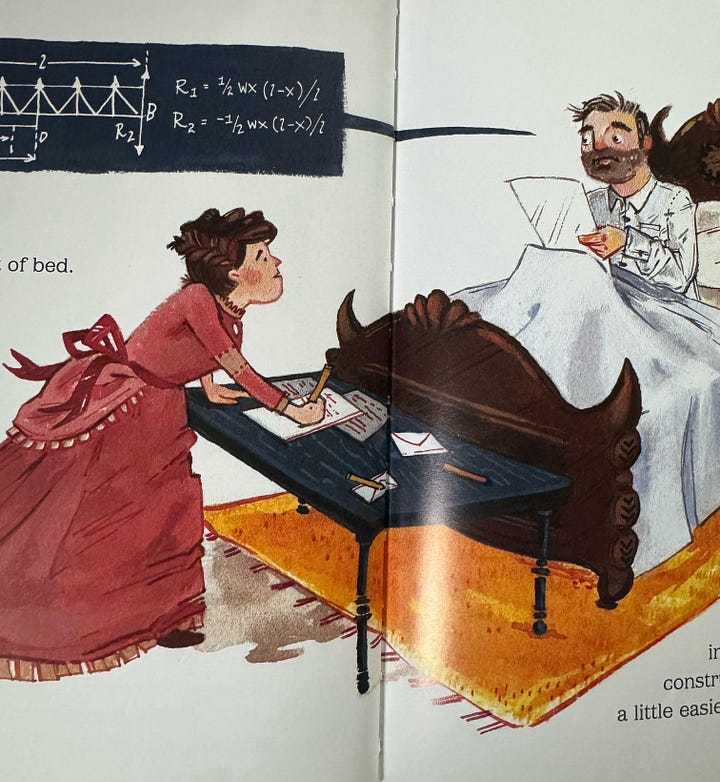
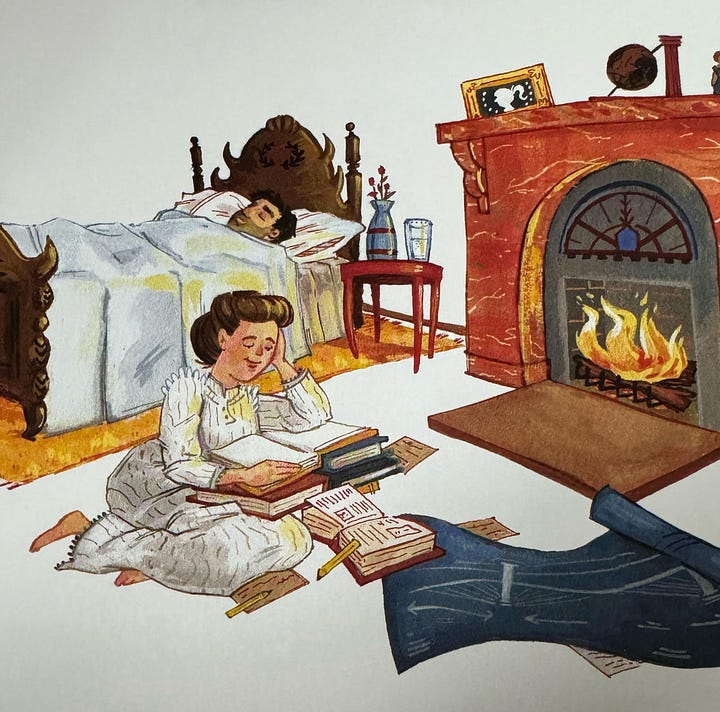
See how her husband is back there in bed while Emily teaches herself all about bridge engineering so she can say all the smart things to her husband’s construction crew and pretend like it was her husband who provided the information?
And that friends, is a tale as old as time.
A quick note to men reading this: I’m sure all of you are great. My husband and my father and my male co-workers are all great. Heck, even all of my ex-boyfriends are great.1 Almost all men I know are wonderful people. The patriarchy just sucks, and it really sucked in the 1880s.
We should all feel bad for Emily’s husband though. He really was sick. Caisson sickness got him.
To build the Brooklyn Bridge, caissons (basically big open boxes) were turned upside down and sunk into the water, allowing workers a dry space underwater to work. It was the latest innovation in bridge building. However, the new technique also ushered in caisson sickness. More frequently called decompression sickness or “the bends,” we now know that the sickness results from injuries caused by nitrogen bubbles forming in your blood due to a rapid decrease in the air or water pressure surrounding you.
The picture book continues as Emily studies building, meets with steel mills to manufacture the steel cables, and works to convince the public of the bridge’s durability and safety, all while keeping her husband’s sickness on the down low. The book includes a couple of technical drawings like this:
A place to explore: The Queensboro Bridge
I was just in New York City, but my dream of waking up early to run across the Brooklyn Bridge went unrealized. The trek would have involved a VERY early train ride from midtown to Brooklyn, the aforementioned run, and then an additional 3.5 miles back to my hotel (not interested. I am very much NOT marathon or even half marathon training this summer) or a sweaty subway ride. All this seemed like way too much work before 8am.
Therefore, I opted for a way easier two-mile jaunt along the East River and under the Queensboro Bridge.
Speaking of Queens: Later that evening, my mom and I left our Manhattan hotel to spend the night in Flushing and take in a Mets game. This was IMMENSENLY fun. I was very excited about the possibility of seeing my favorite ex-Mariner, Edwin Diaz, now the Mets closer. Like everyone else in the world, I also love Francisco Lindor.
Citi Field was a delight. We took pictures in front of the apple and I found the perfect Mets shirt2 before the game. My globe-trotting cousin who lives in Queens joined us right before the first pitch. I hadn’t seen him in eight years and he looked EXACTLY the same. It was wonderful to see him.
Plus it was a great game. The Braves kicked things off with a two-run homer, but the Mets answered back with an 8-run inning that included a grand slam. The only bummer was that the Mets hung onto their big lead, thus rendering my favorite closer unneeded. So no Edwin Diaz for me. Good thing I got the T-shirt.
Hopefully, I’ll be back in New York soon to run across the Brooklyn Bridge. In the meantime, feel free to read Carrie Green-Zinn’s travel blog post about it.
A Lesson to Teach: The Big Apple
Each time a Mets player hits a home run, a big apple rises up as fireworks go off and fans cheer. I did see three home runs at the game but I was too busy cheering to take videos of the apple rising in the outfield (no regrets). It got me curious about the origins of the city’s nickname.
According to a 2024 Fox 5 News article by Amanda Geffner titled “Why is NYC called ‘The Big Apple’? the nickname in the 1920s and was popularized by African Americans in the jazz age. The article is easy to read and has tons of primary sources, making it great for a history class. I’d love to have students read the article and think about what nickname they would bestow upon their hometowns.
Except Jeremy. He was terrible. Yes, that is his real name. No pseudonyms for that a-hole.
I’d popped into a few tourist shops in Manhattan, looking for a Mets shirt, but they were flooded with Yankee merchandise. I’m glad I held off because I’m obsessed with my new Diaz shirt.

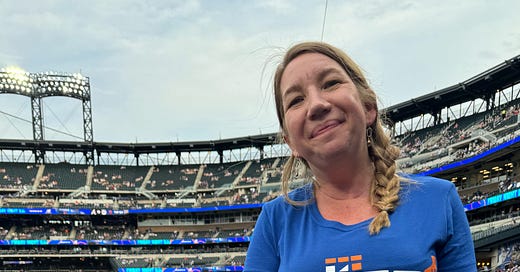

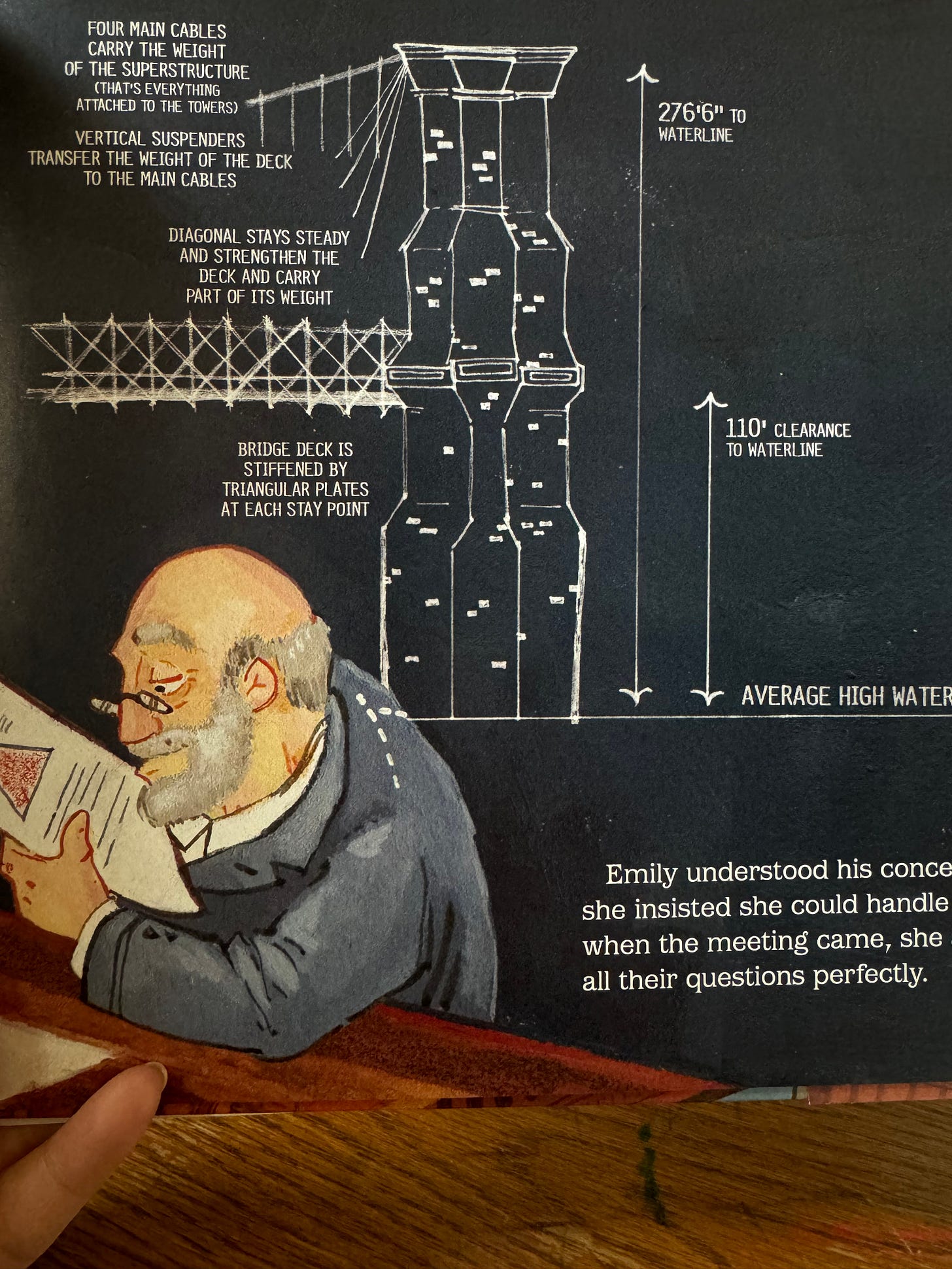
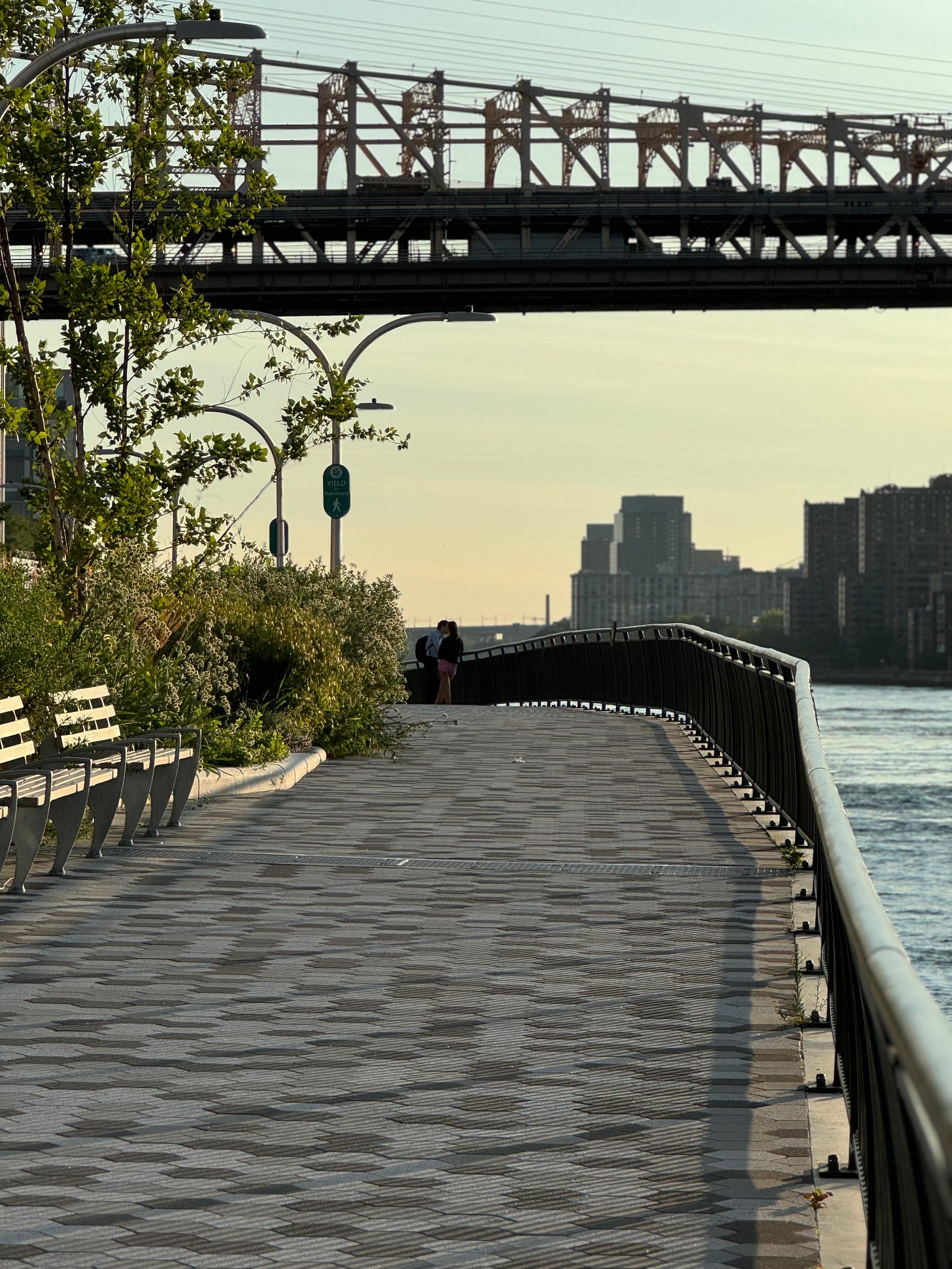
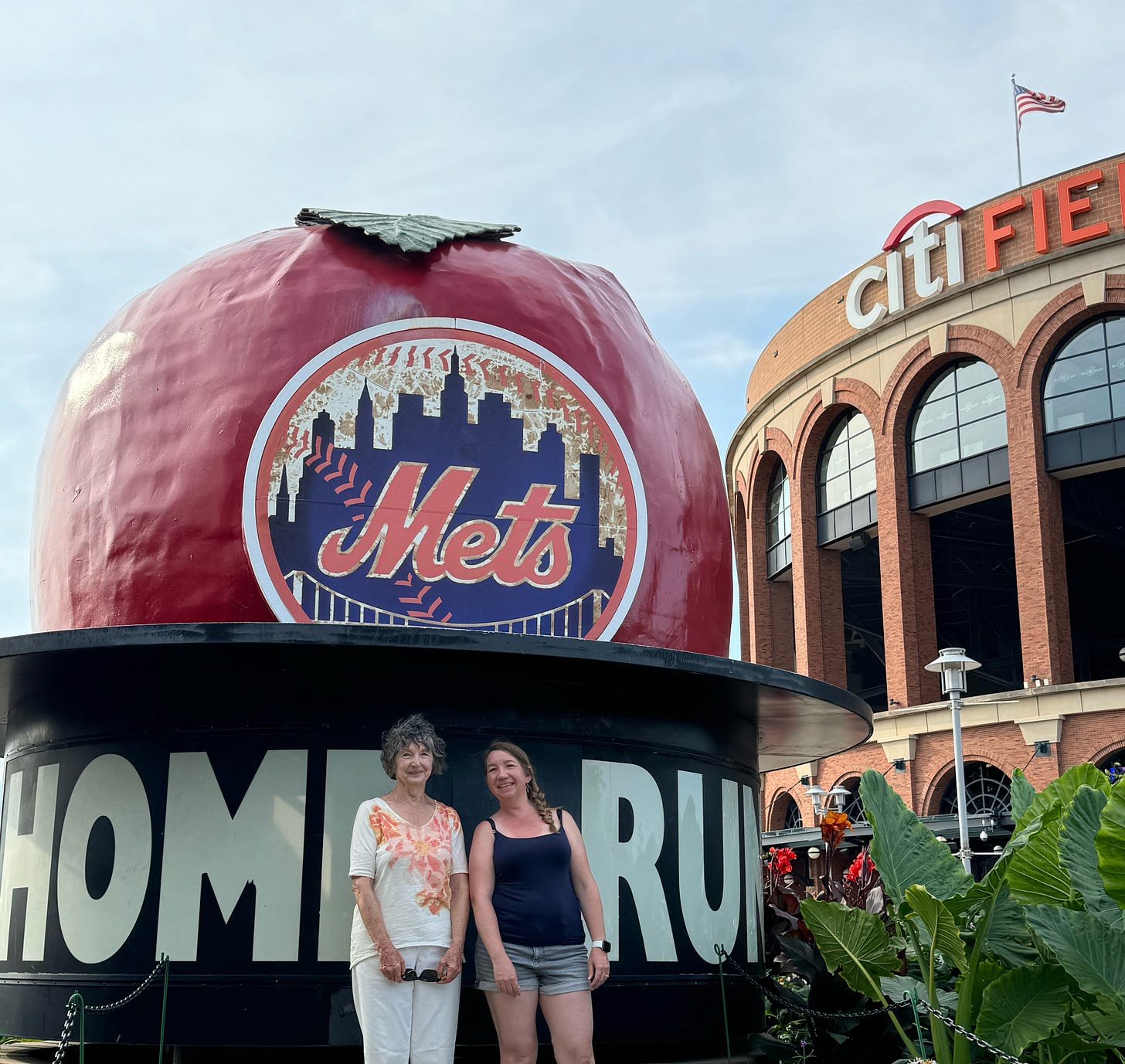

Great piece. Hubby and I are currently listening to The Brooklyn Bridge by David McCullough on audible. Fascinating.
This is such a fun read!!! Secret Engineer sounds FASCINATING!! I love that you really thought about the Brooklyn Bridge run and came to the same conclusion I would have. I fully support the Queensboro Bridge route you wound up running. I imagine running ANYWHERE in NYC is probably dreamy!! 🍎